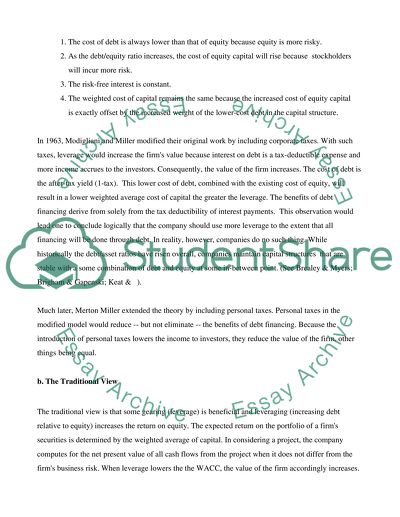Cite this document
(“Marine Finance(Capital Funding Structure) Essay”, n.d.)
Retrieved from https://studentshare.org/miscellaneous/1561217-marine-financecapital-funding-structure
Retrieved from https://studentshare.org/miscellaneous/1561217-marine-financecapital-funding-structure
(Marine Finance(Capital Funding Structure) Essay)
https://studentshare.org/miscellaneous/1561217-marine-financecapital-funding-structure.
https://studentshare.org/miscellaneous/1561217-marine-financecapital-funding-structure.
“Marine Finance(Capital Funding Structure) Essay”, n.d. https://studentshare.org/miscellaneous/1561217-marine-financecapital-funding-structure.


